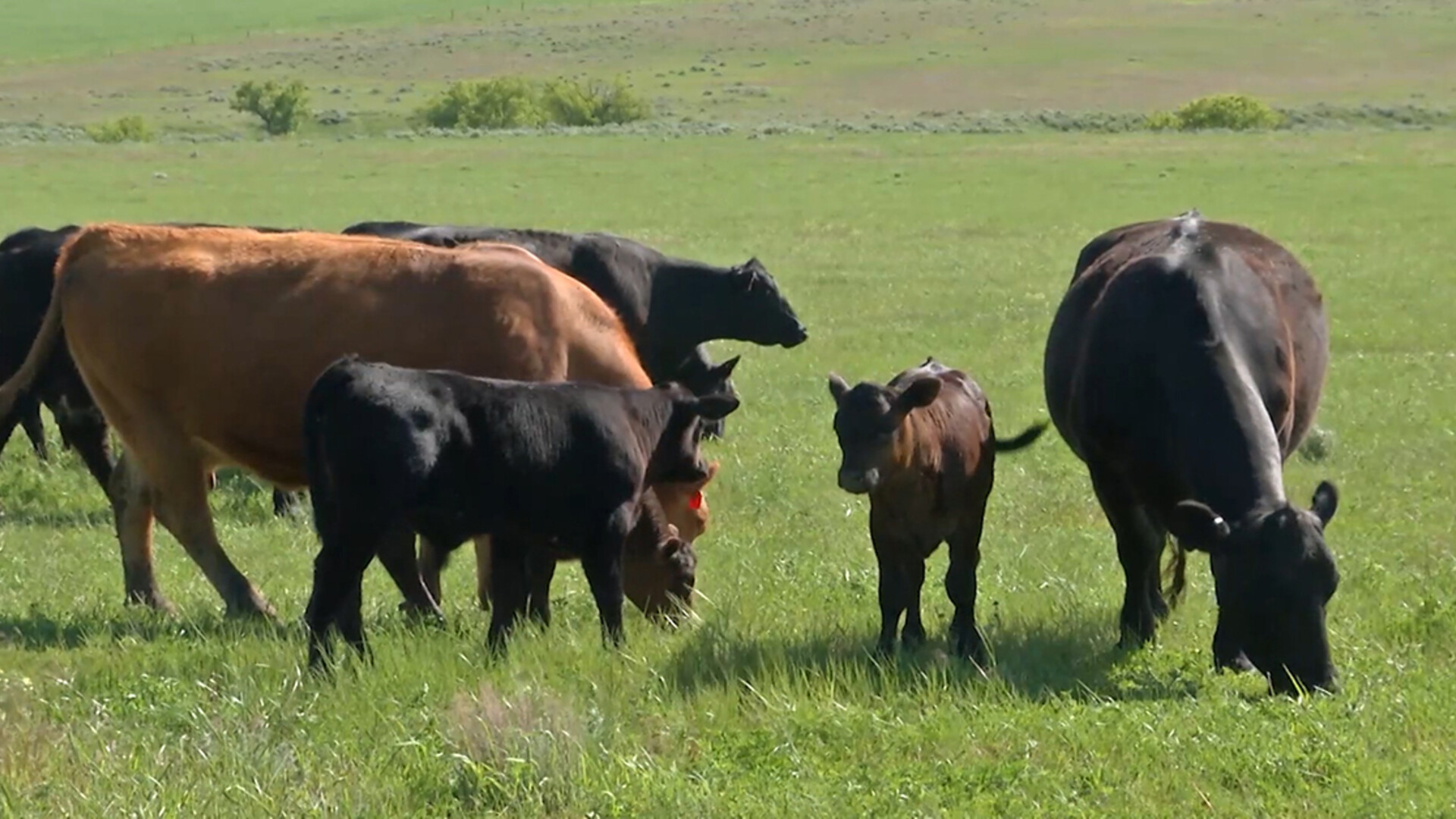New Treatment Option for Bovine Anaplasmosis
Cattle producers have another option to treat clinical anaplasmosis from Elanco Animal Health. Clinical anaplasmosis is the most common vectorborne disease in cattle. Typically transmitted via ticks, the disease affects roughly 80 percent of the world’s cattle.1Dr. Douglas Shane, veterinary scientific liaison at Elanco Animal Health, says Baytril 100-CA1 (enro-flox-a-cin) Injectable is a new conditionally approved treatment for clinical anaplasmosis in cattle.
“Baytril 100-CA1 is an antimicrobial that contains the proven molecule enrofloxacin. And recently Baytril 100-CA1 received conditional approval, that’s what the CA stand for, from the FDA, and that conditional approval is for the treatment of clinical anaplasmosis.”
Baytril 100-CA1 is the first and only antibiotic conditionally approved by the FDA for the treatment of clinical anaplasmosis pending a full demonstration. Dr. Shane says it’s for use in various classes of cattle.
“Baytril 100-CA1 is approved for use in replacement dairy heifers under 20 months of age and all classes of beef cattle except for beef calves less than two months of age and beef bulls of any age intentded for breeding. It’s not for use in any other class of dairy cattle or in veal calves.”
It’s estimated that clinical anaplasmosis accounts for $19 billion2 in annual losses worldwide -- $300 million in the US alone3 and can be hard to detect.
“The symptoms can vary quite a bit, but they would include things like weakness, labored breathing potentially, fever, even abortions in pregnant cows, and one of the more severe symptoms honestly is death. Death can certainly occur in cattle that have been affected with anaplasmosis.”
Baytril 100-CA1 is available only by or on the order of a licensed veterinarian.
©2020 Elanco
Bayer and Baytril are registered trademarks of Bayer. Elanco and the diagonal bar logo are trademarks of Elanco or its affiliates. BL201389
1 Marcelino I, Almeida AMD, Ventosa M, Pruneau, et al. (2012). Tick-borne diseases in cattle: Applications of proteomics to develop new generation vaccines. Journal of Proteomics, 75(14), 4232–4250. doi:10.1016/j.jprot.2012.03.026
2 Castro, J. J. D. (1997). Sustainable tick and tickborne disease control in livestock improvement in developing countries. Vet. Parasitol., 71(2-3), 77–97. doi: 10.1016/s0304-4017(97)00033-2
3 Kocan, K.M., J. de la Fuente, A.A. Guglielmone, and R.D. Melendez. 2003. Antigens and alternatives for control of anaplasma marginale infection in cattle. Clinical Microbiology Reviews 16 (4): 698–712.
Source: NAFB

















